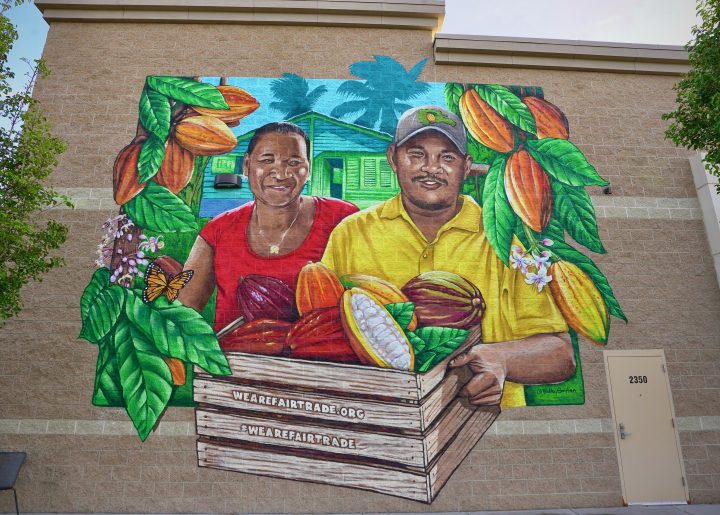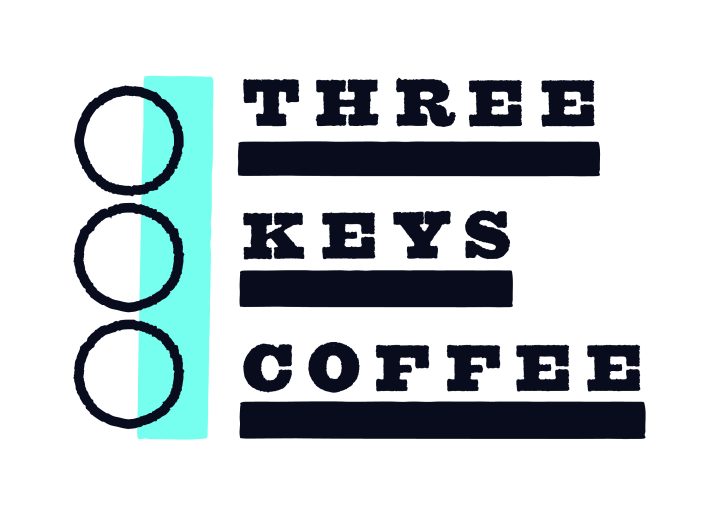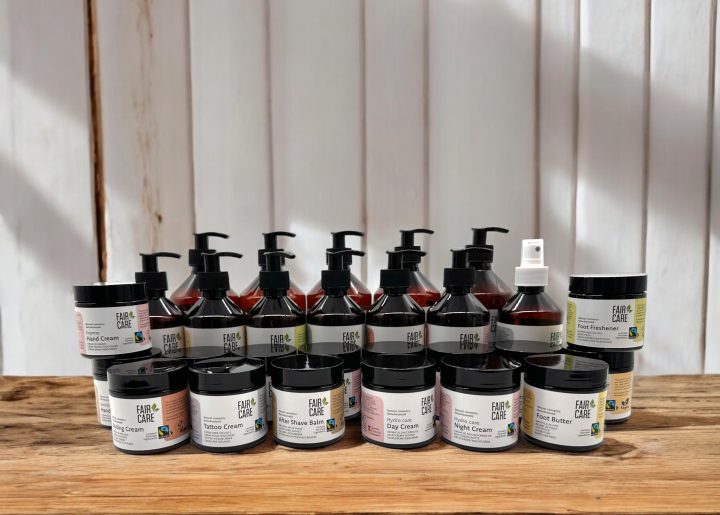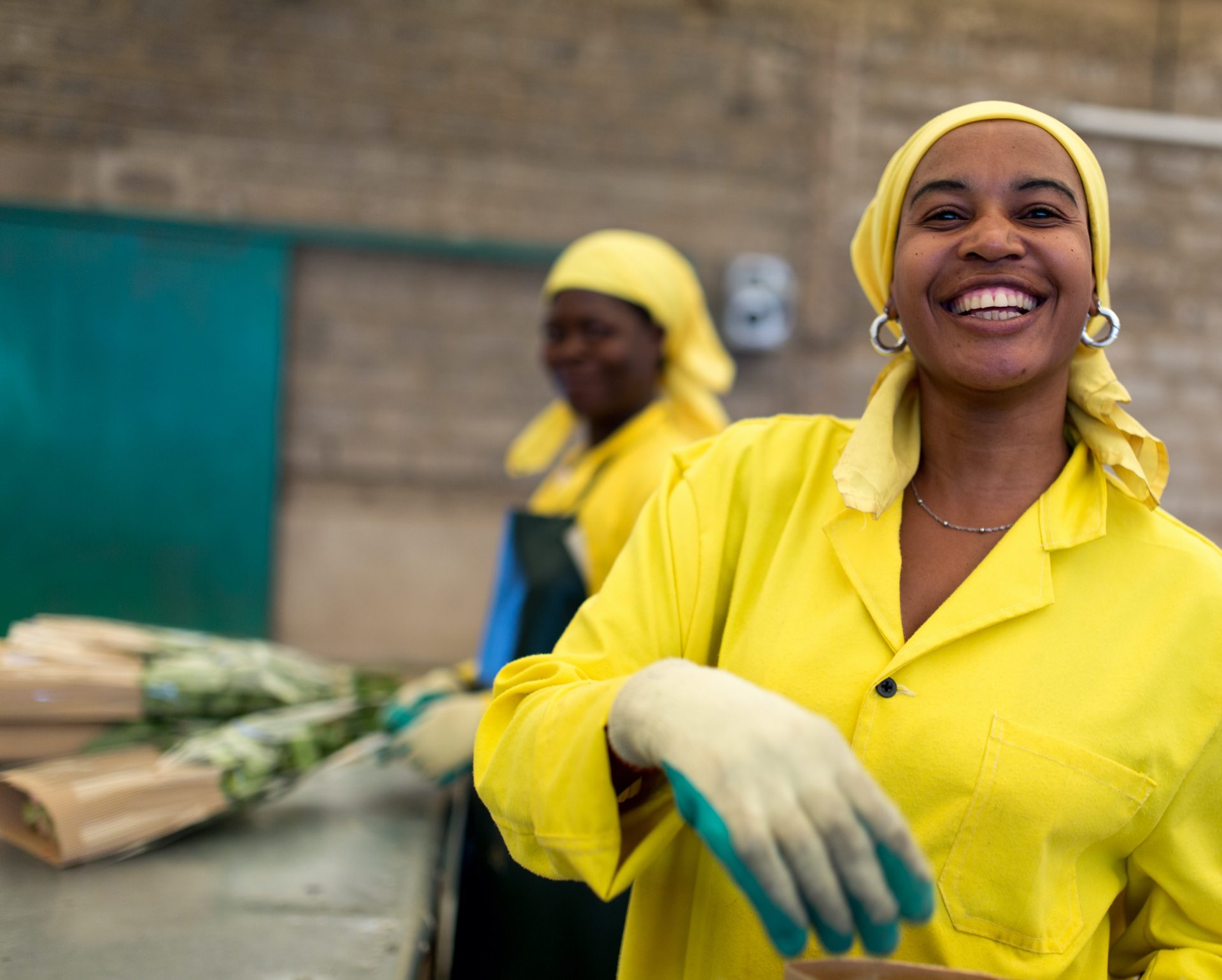The Pinnacle of Produce
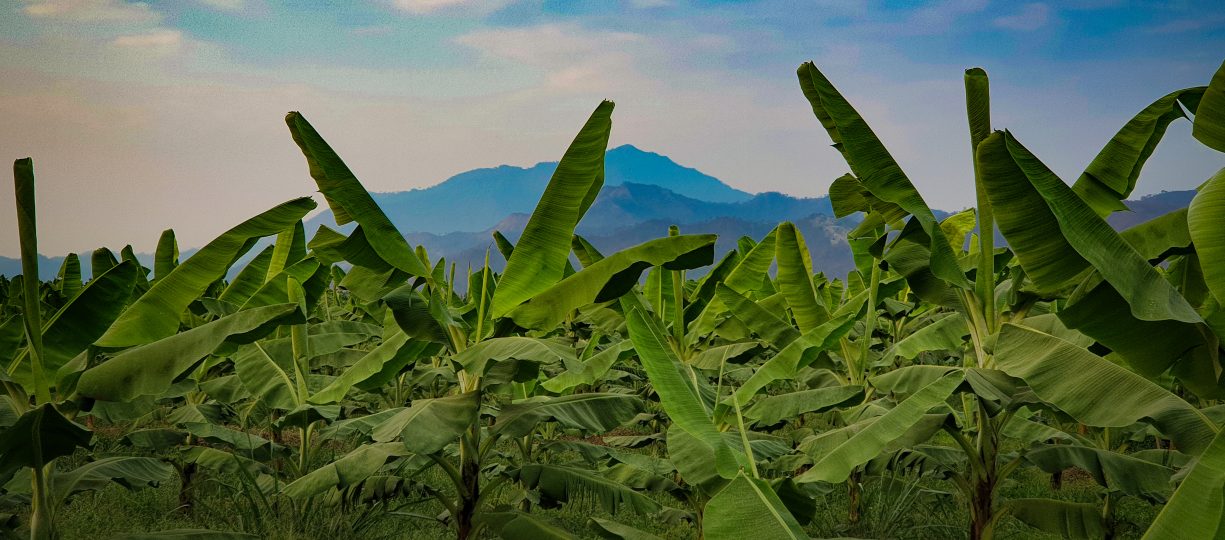
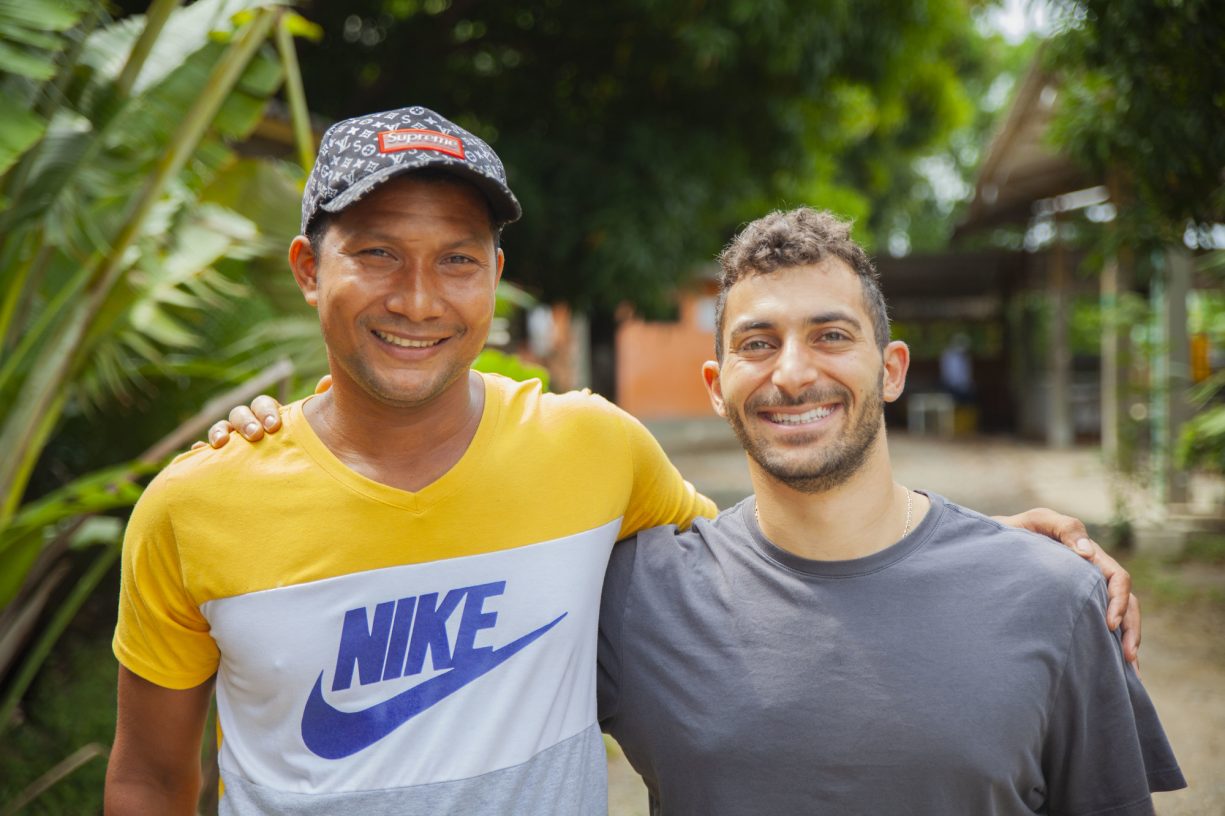
You might not know it – but September is Organic Month! It is a time to celebrate the farmers and workers that have committed to processes that prioritize the planet through organic farming practices.
This certification is not an easy one to obtain, and we are proud that many Fairtrade farms have converted already or are moving in that direction. I sat down with Michael Cakmes, Fairtrade America’s Produce Lead to learn more about this intersection of Fairtrade and organic certifications.
What do you do at Fairtrade?
MC: I work in business development to expand Fairtrade produce in the U.S. market. A lot of organic fruits and vegetables are also Fairtrade certified. About 60% of Fairtrade produce is also organic. The certification standards for organic and Fairtrade are very similar, so if a producer group is already certified organic they have met many of the standards that Fairtrade requires as well.
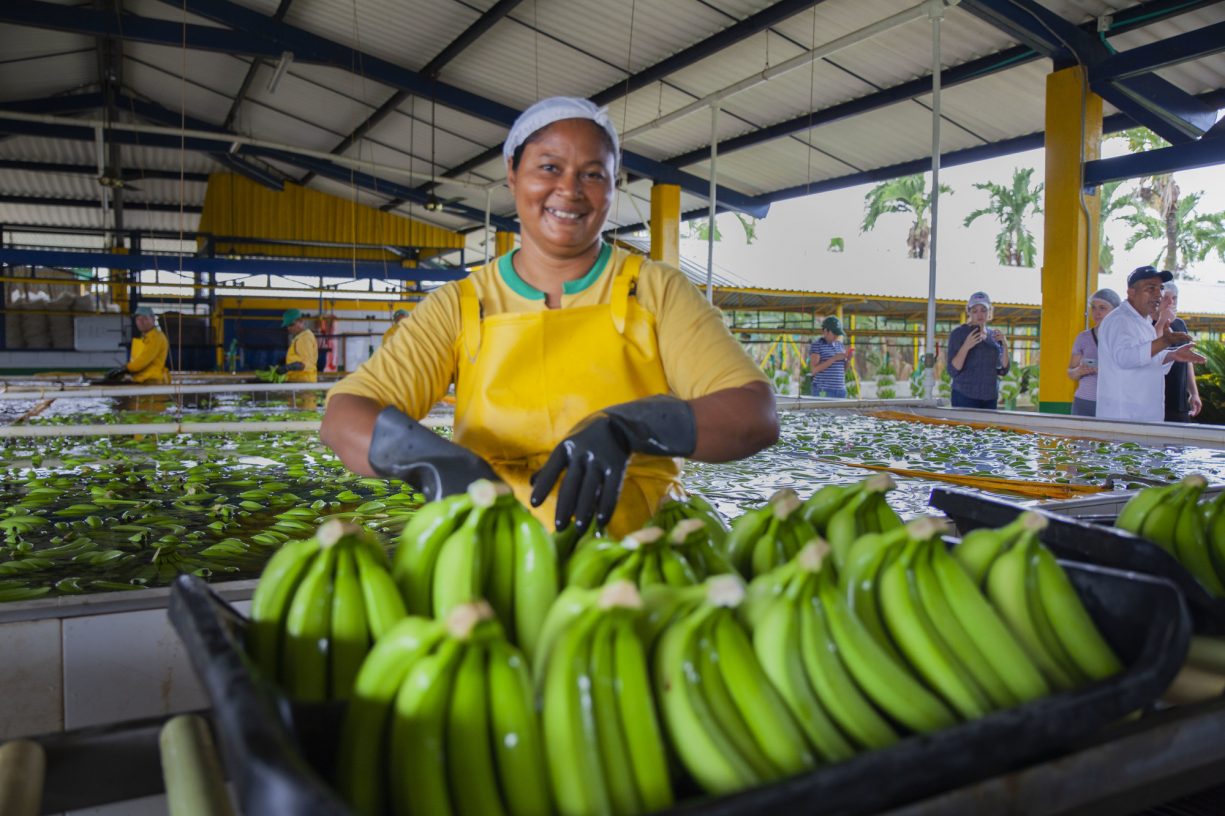 You went on a trip to Colombia last year, can you tell me about the organic farms you visited?
You went on a trip to Colombia last year, can you tell me about the organic farms you visited?
Colombia is an interesting example of micro-climates. Colombia primarily produces conventional bananas, but there are microclimates that exist, enabling organic farming production. It had to do with the moisture in the air, how that affected the soil, and how that enabled farmers to avoid using certain pesticides. The biggest factors were the humidity and the temperature in this particular region. It was interesting because it wasn’t far from where conventional production was happening. The farms looked similar to Fairtrade farms. Some of them were even prettier – the biodiversity made it more pleasing. They had beautiful flowers growing around the area and different types of crops growing on the farms. The more traditional plantations were very standardized and efficient-looking.
One of the big differences that I learned about on the trip had to do with the cutting and cleaning process. When bananas make their way from the farm to the processing stations, they are washed with solutions that make the stems less likely to rot while ripening. In organic production, these solutions require more bio-based materials and are often more expensive than their conventional counterpart.
How does Fairtrade work with farmers who want to become organic?
MC: Fairtrade incentivizes organic certification not only by providing an increased Minimum Price, in-field training to test soil health and water management practices but we also educate farmers that are interested in switching in what that would look like. We walk through the steps they would need to take, the costs, the benefits not only to the farm but also in terms of access to markets.
We have people that have been through the process before. Experts at CLAC and NAPP break the process down for farmers that are committed to switching. If they are interested in converting, we are committed to supporting them in the process. They get as granular as analyzing soil make-up. The agronomists at local farming organizations are also very collaborative.
In Mexico, the avocado grower groups meet at the same table and talk about how we can all do better by collaborating and sharing trade secrets – in a way. They find more power and progress in working together rather than just closing their doors and not listening to one another.
What excites you about Organic Fairtrade farming?
MC: Easy! It is the pinnacle of produce. There isn’t any better produce – fruit or vegetable – if you pair those two together. On social and environmental sides, every box is checked. You are ensuring that there is long term sustainability for the growers, the environment, and the retailers. Consumers can feel good purchasing these items – they are good for their bodies, the folks that grew it, and the environment.
It is the pinnacle of produce.
What do you wish people knew about Fairtrade?
MC: The environmental standards of Fairtrade are continuously being updated. They weren’t just created twenty years ago and put on a shelf. Every two years, we are reworking the standards with farmers, governments, retailers, and other stakeholders. We are thinking through the implications of price changes for consumers, the long-term viability of the products, and where things can be grown with a changing climate. There is a level of humility in saying: “we weren’t perfect eight years ago and that things have changed in that time.” I like working for an organization that – at its core – exists to protect the growers and the environment. A good example of that is that our last iteration of standards enhanced and brought more clarity to deforestation. It is a growing area of concern for climate change and producer groups and we brought more clarity and rigor to that standard.
What brands are leading the way on this?
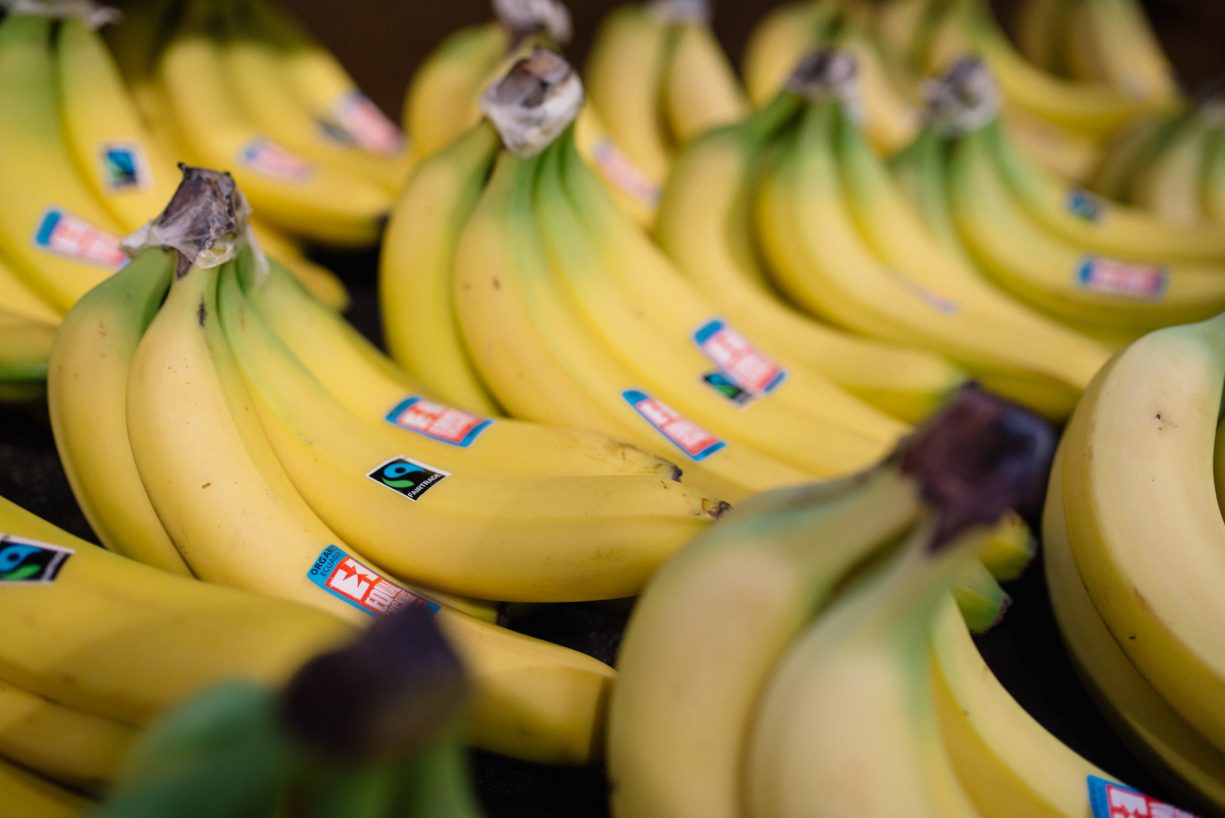
Equal Exchange is doing a really good job at not losing their core values, but still being able to grow their business. Keeping in mind organic, small-share holder farmers, end consumers, and I think that has contributed to their growing success.
Brands like West Pak Avocado and Coliman have roots and offices in the places they are sourcing from. This is a commitment to those communities. It also brings other advantages because they know firsthand the difference between Fairtrade and Conventional produce. They are jumping out ahead of their competition by saying “this is what matters to us as a business”. They are trying their hardest to ensure that their supply chains are acting ethically and environmentally responsible. This resonates with me.
This Organic September, check out these ten items that are both Fairtrade AND Organic.
We’re in this together
Fairtrade America partners with brands on the journey to certification and beyond. We can help with everything from finding a certified supply chain to marketing your newly certified product.
Get in Touch


